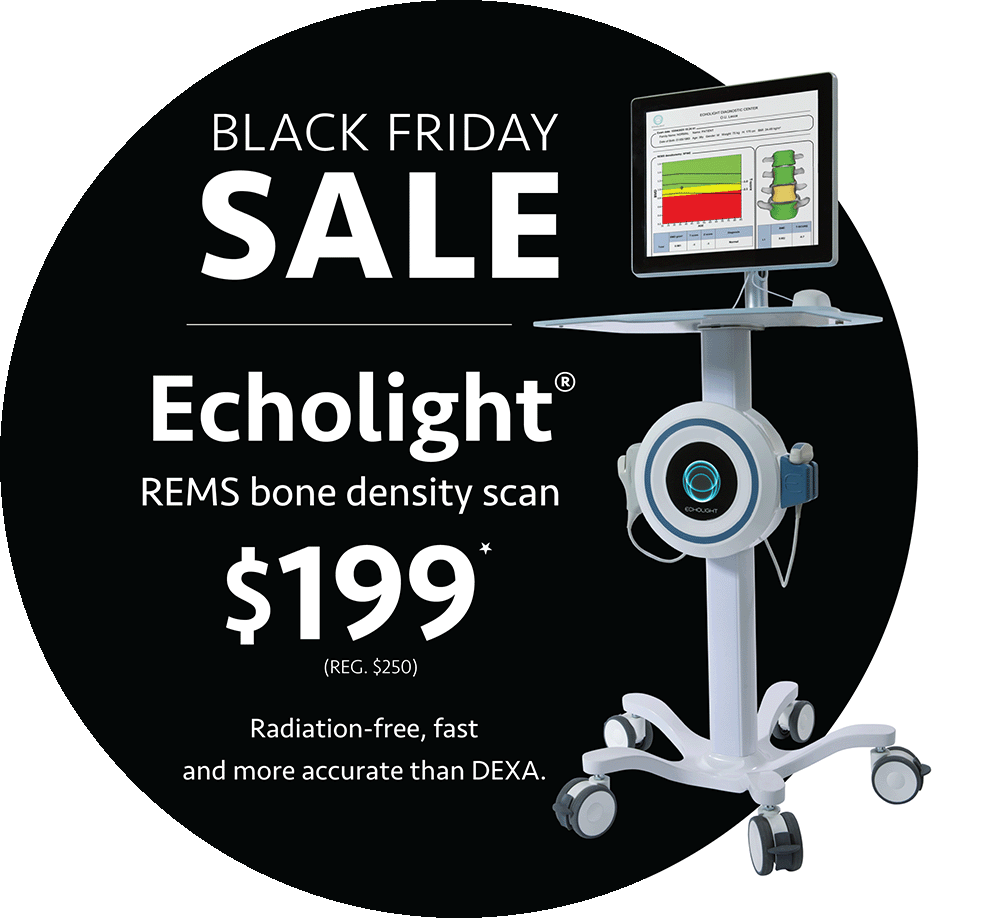Menopause & Osteoporosis
Menopause is a significant transition in a woman’s life, marking the end of her reproductive years. While this phase is a natural biological process, it brings with it several physiological changes, one of the most critical being an increased risk of osteoporosis. Osteoporosis, a condition characterized by weakened bones and an increased risk of fractures, is intricately linked to menopause due to hormonal changes that occur during this period.
To understand the connection between menopause and osteoporosis, it’s essential to first grasp the role that estrogen plays in maintaining bone density. Estrogen is a hormone that not only regulates the menstrual cycle but also plays a crucial role in preserving bone strength. It does so by inhibiting the activity of osteoclasts, the cells responsible for bone resorption, which is the process of breaking down bone tissue.
Throughout a woman’s reproductive years, estrogen levels are typically sufficient to maintain a balance between bone resorption and bone formation. This balance ensures that bones remain strong and dense. However, as a woman approaches menopause, her ovaries produce less estrogen, leading to a decline in this protective effect.
The onset of menopause, typically occurring between the ages of 45 and 55, is associated with a dramatic reduction in estrogen levels. This decrease in estrogen triggers an acceleration of bone resorption, surpassing the rate at which new bone is formed. As a result, bone density decreases, and bones become more fragile and susceptible to fractures.
The most rapid phase of bone loss occurs during the first few years after menopause. Research indicates that women can lose up to 20% of their bone density in the five to seven years following the onset of menopause. This accelerated bone loss significantly raises the risk of osteoporosis, a condition that affects millions of women worldwide.
While the decrease in estrogen is the primary driver of osteoporosis during menopause, other factors can also contribute to a woman’s risk. These include genetic predisposition, a family history of osteoporosis, low body weight, inadequate calcium and vitamin D intake, smoking, excessive alcohol consumption, and a sedentary lifestyle.
Osteoporosis can have serious implications for a woman’s health. The condition increases the likelihood of fractures, particularly in the spine, hips, and wrists. Hip fractures, in particular, can lead to significant morbidity, loss of independence, and even mortality. Spinal fractures can result in chronic pain, loss of height, and deformity.
Schedule A Consultation
The link between menopause and osteoporosis is well-established, with the decline in estrogen levels during menopause leading to accelerated bone loss and an increased risk of fractures. However, by understanding this connection and taking proactive steps to protect bone health, women can reduce their risk of osteoporosis and maintain their quality of life during and after the menopausal transition.
At OsteoSmart, we embrace a holistic approach to bone health that integrates prevention, early detection, and personal management strategies. Knowledge is power. Contact us to schedule a radiation-free Echolight bone density scan today. We are the first bone health clinic in the Midwest to provide same day doctor consultation with your Echolight scan. Call us today.

